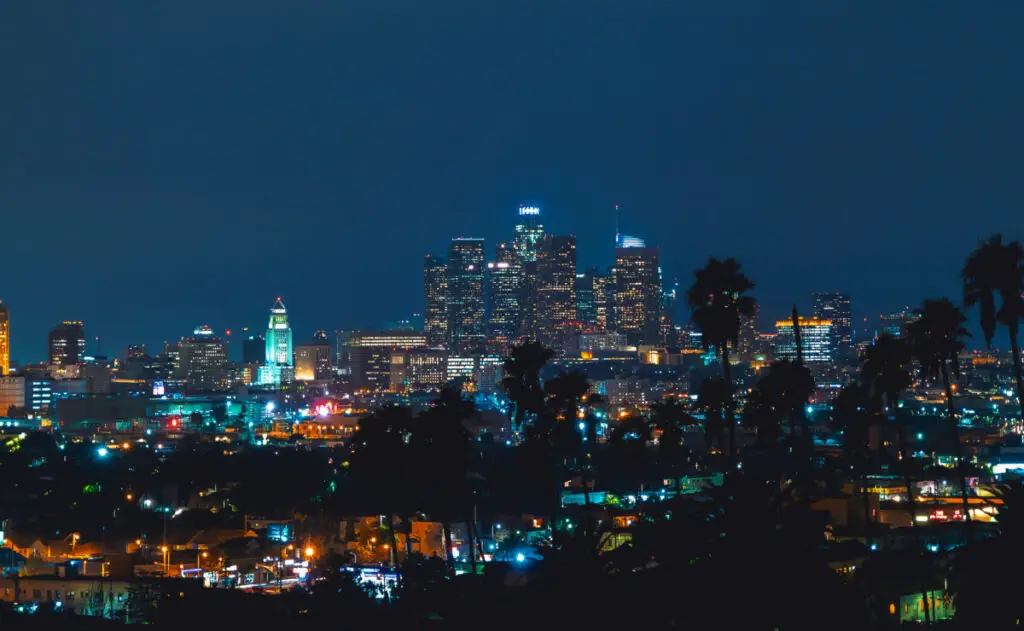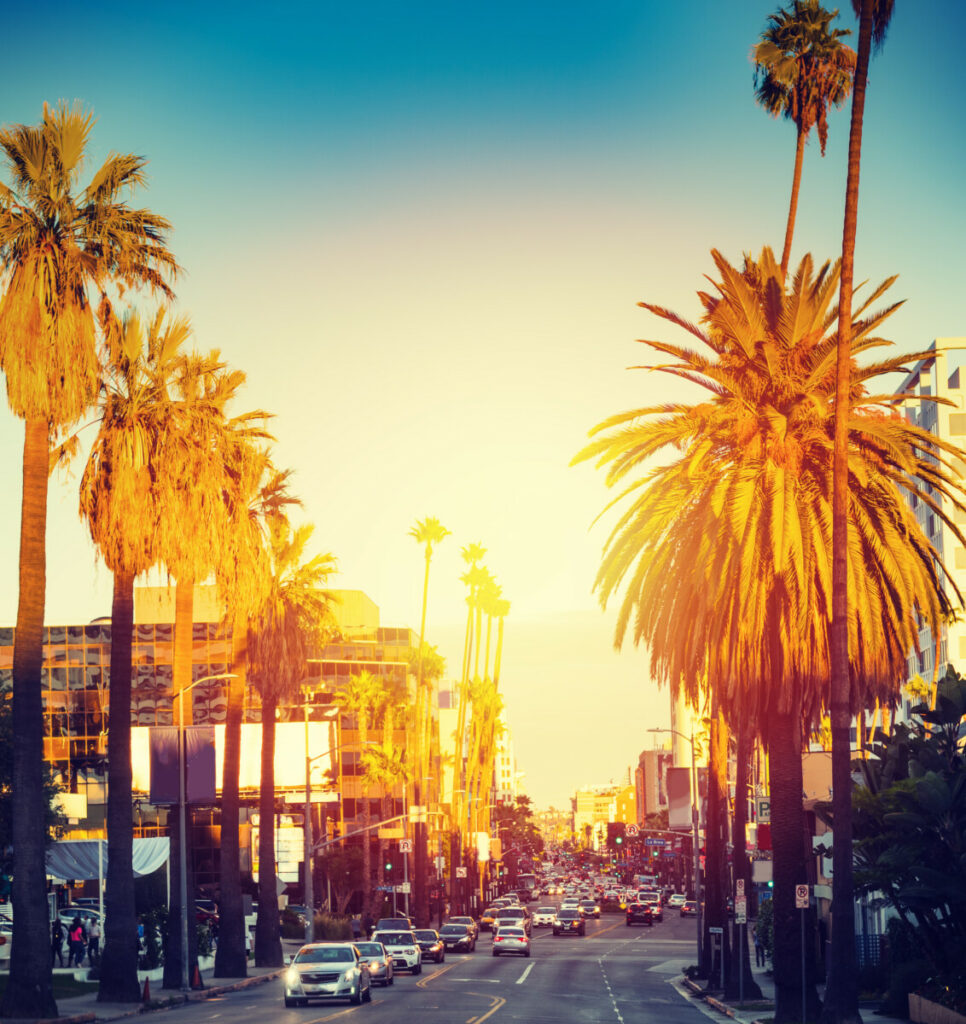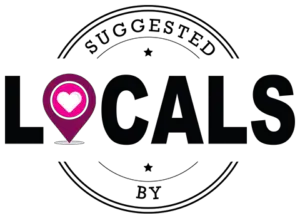
Politics are very important to our society these days, and many people want to know if their neighbors have the same political beliefs as them. Are the residents of Los Angeles mostly liberal or conservative?
Los Angeles, CA is very liberal. The city voted for the Democratic candidate in every presidential election since 2000. Los Angeles County and California are also very liberal; both areas also voted for the Democratic candidate in every election in that same 20-year period.
There are many factors to the political climate of a city. When deciding whether a city is mostly liberal or conservative, it is important to consider the results of presidential elections, the local leaders, the policies in place, and the demographics. Keep reading to find out more!
Presidential Elections
The results of presidential elections in a city are very important to consider when deciding whether a city is mostly liberal or conservative. The candidate who wins in the city is representative of which point of view is more prominent in the city. The two political parties in the United States, the Democratic party and the Republican party, are associated with liberal and conservative points of view. The Democratic party has mostly liberal members and supports liberal policies. The Republican party has mostly conservative members and supports conservative policies. If the majority of residents in a city vote for the Democratic candidate, then the city is most likely liberal.
The state of California is very liberal . The state has voted for the Democratic candidate in every election since 1992. Between 2000 and 2020, the difference between the percentage of Democratic votes and the percentage of Republican votes was higher than 10% in every election except for the 2004 election, when it was 9.9%. The high percentage of Democratic votes means that California votes overwhelmingly liberal in every election.
. The state has voted for the Democratic candidate in every election since 1992. Between 2000 and 2020, the difference between the percentage of Democratic votes and the percentage of Republican votes was higher than 10% in every election except for the 2004 election, when it was 9.9%. The high percentage of Democratic votes means that California votes overwhelmingly liberal in every election.
In the 2020 election, 63.5% of the population of California voted for the Democratic candidate and 34.3% voted for the Republican candidate. The difference between the percentages was 29.2%, which was the second highest difference during that 20-year period, after 2016, when the difference was 30.1%.
Los Angeles County (which is, as you can imagine, the county in which Los Angeles is), is also very liberal . From 2000 to 2020, the residents of the county voted for the Democratic candidate in every presidential election. The difference between the percentages of Democratic and Republican votes was higher than 20% in every single election. The lowest difference was 27.5% in 2004, and the highest difference was 49.35% in 2016.
. From 2000 to 2020, the residents of the county voted for the Democratic candidate in every presidential election. The difference between the percentages of Democratic and Republican votes was higher than 20% in every single election. The lowest difference was 27.5% in 2004, and the highest difference was 49.35% in 2016.
In the 2020 election, 71.03% of voters voted for the Democratic candidate and 26.86% voted for the Republican candidate. The difference between the percentages was 44.17, which was the second largest difference after 2016.
Just like its state and county, Los Angles is a very liberal city . The city also voted for the Democratic candidate in all of those same elections, and it was always with a difference between percentages larger than 10%. Los Angeles is overwhelmingly liberal based on the presidential elections alone.
. The city also voted for the Democratic candidate in all of those same elections, and it was always with a difference between percentages larger than 10%. Los Angeles is overwhelmingly liberal based on the presidential elections alone.
From 2018 to 2021, there were 762,535 contributions to the Democratic party in Los Angeles, which added up to $271,175,415. In contrast, there were 58,892 contributions to the Republican party, totaling $92,071,031. The average donation amounts to the Republican party were approximately 4 times larger than those to the Democratic party.
Local Leaders
The leaders in a city are another big indicator of the political leanings of that city. These are officials that the city has elected to represent them, so the elected leaders are often very good representations of what the people believe. The political parties of local leaders, the campaign platforms they ran with, and the policies they have enacted are all factors in the perceived political climate of a city.
Mayor
The mayor of Los Angeles is one of the most important elected officials. The mayor is in charge of submitting proposals to the city council, approving or vetoing laws passed, and enforcing laws. The Mayor also creates an annual budget to submit, appoints certain city officials, and represents the city in larger matters.
The mayor of Los Angeles is Eric Garcetti . He was elected in 2013 and is serving his second term, which will end in 2022. He is Los Angeles’s first Jewish mayor and one of the youngest mayors in Los Angeles.
. He was elected in 2013 and is serving his second term, which will end in 2022. He is Los Angeles’s first Jewish mayor and one of the youngest mayors in Los Angeles.
Mayor Garcetti served on the city council from 2001 to 2013. He was also president of the council from 2006 to 2012. He considered running for governor in 2018 but ultimately decided not to. He has also taught at a couple of colleges and has a degree in urban planning and political science.
During his time as mayor, Garcetti has focused on economic growth and social justice, transportation and infrastructure, sustainability, safety, and education. His focus is on innovation and improvement. He has also lobbied to put resources to help undocumented immigrants get legal help.
The mayoral elections in Los Angeles are nonpartisan, but Mayor Garcetti is a member of the Democratic party. His initiatives, achievements, and focuses are further evidence that he ascribes to a liberal point of view.
City Council
The city council of Los Angeles is in charge of creating laws and signing them. It orders elections, imposes taxes, and adopts laws and regulations. They approve or change the budget that the mayor presents. Their laws are subject to a veto from the mayor.
is in charge of creating laws and signing them. It orders elections, imposes taxes, and adopts laws and regulations. They approve or change the budget that the mayor presents. Their laws are subject to a veto from the mayor.
There are 15 members of the Los Angeles City Council. They are each voted by one of Los Angeles’s fifteen districts. A city council term lasts for four years. City council elections are nonpartisan, so the city councilors do not have a political party.
Policies
The policies that are in place in an area are another good representation of the political leanings. Certain policies are supported more by those with a liberal perspective than those with a conservative perspective. Legal abortion, more gun control laws, and legal gay marriage are all more likely to be supported by liberals and opposed by conservatives.
Abortion
California has few abortion laws in place. A patient must get an abortion before they have been pregnant for 6 months unless their life or health is at risk. Many other states require counseling or an ultrasound beforehand, won’t allow people to use public funding or health plans to get abortions, or have strict requirements for abortion clinics. California has none of these.
in place. A patient must get an abortion before they have been pregnant for 6 months unless their life or health is at risk. Many other states require counseling or an ultrasound beforehand, won’t allow people to use public funding or health plans to get abortions, or have strict requirements for abortion clinics. California has none of these.
In 2017, California had 419 facilities that provide abortions, 161 of which were clinics. This is a 6% increase from 2014. 40% of California counties did not have a clinic, leaving 3% of women without access to a clinic. This percentage is significantly lower than that in most other states.
Gun Control Laws
California has many gun control laws , especially compared to other states. The state had the seventh lowest gun death rate in the country and the fifth lowest crime gun export rate. California gun laws include universal background checks, domestic violence gun laws, assault weapon, and magazine restrictions, waiting periods, concealed and open carry laws, minimum age laws, safe storage laws, reporting for lost/stolen guns, a ghost gun ban, regulation on gun dealers, and state firearm sale records retention.
, especially compared to other states. The state had the seventh lowest gun death rate in the country and the fifth lowest crime gun export rate. California gun laws include universal background checks, domestic violence gun laws, assault weapon, and magazine restrictions, waiting periods, concealed and open carry laws, minimum age laws, safe storage laws, reporting for lost/stolen guns, a ghost gun ban, regulation on gun dealers, and state firearm sale records retention.
Same-Sex Marriage
California legalized same-sex marriage on June 28, 2013 . This was almost exactly 2 years before the Supreme Court mandate required all states to legalize gay marriage. California was the 10th state to legalize gay marriage.
. This was almost exactly 2 years before the Supreme Court mandate required all states to legalize gay marriage. California was the 10th state to legalize gay marriage.
California’s few abortion laws, many gun control laws, and the early date of legalizing same-sex marriage show that it is a largely liberal area. Los Angeles is very reflective of the state and citizens of Los Angeles tend to support these policies.
Demographics

The population of Los Angeles is 3,970,219 people. The population density is 8,471 people per square mile. 50.5% of the population is female and 49.5% are male. The median age is 34.6 and the average number of people per household is 2.8.
of Los Angeles is 3,970,219 people. The population density is 8,471 people per square mile. 50.5% of the population is female and 49.5% are male. The median age is 34.6 and the average number of people per household is 2.8.
The racial makeup of Los Angeles is as follows:
of Los Angeles is as follows:
- White: 28.4%
- Black: 8.6%
- Hispanic/Latino: 48.7%
- Asian: 11.5%
- Native American: 0.1%
- Hawaiian/Pacific Islander: 0.1%
- Two or More Races: 2.2%
- Other: 0.3%
41.4% of Los Angeles residents are married and 8.5% are divorced. 31.6% are married with children and 21.3% are single with children.
of Los Angeles residents are married and 8.5% are divorced. 31.6% are married with children and 21.3% are single with children.
The average income of a Los Angeles resident is $28,320 per year, and the median household income is $49,682 per year. The unemployment rate is 10.6%. The sales tax rate is 9.5%, and the income tax rate is 9.3%.
of a Los Angeles resident is $28,320 per year, and the median household income is $49,682 per year. The unemployment rate is 10.6%. The sales tax rate is 9.5%, and the income tax rate is 9.3%.
76.4% of Los Angeles residents are high school graduates and 17.8% are only high school graduates. 21.8% of residents have two-year degrees, 33% have four-year degrees, 2.7% have master’s degrees, and 1.3% have professional degrees.
of Los Angeles residents are high school graduates and 17.8% are only high school graduates. 21.8% of residents have two-year degrees, 33% have four-year degrees, 2.7% have master’s degrees, and 1.3% have professional degrees.
53.4% of Los Angeles residents are religious. 50.5% are Christian, 1.1% are Jewish, 1.1% are of the eastern faith, and 0.7% are affiliated with Islam.
of Los Angeles residents are religious. 50.5% are Christian, 1.1% are Jewish, 1.1% are of the eastern faith, and 0.7% are affiliated with Islam.
The rate of violent crime in Los Angeles on a scale of 1 to 100 is 29.1. The rate of property crime in Los Angeles on a scale of 1 to 100 is 35.1.
in Los Angeles on a scale of 1 to 100 is 29.1. The rate of property crime in Los Angeles on a scale of 1 to 100 is 35.1.
Related Topics:
If you like the article above, here are some other similar articles you should check out!
17 Reasons Not to Move to Los Angeles, California 

